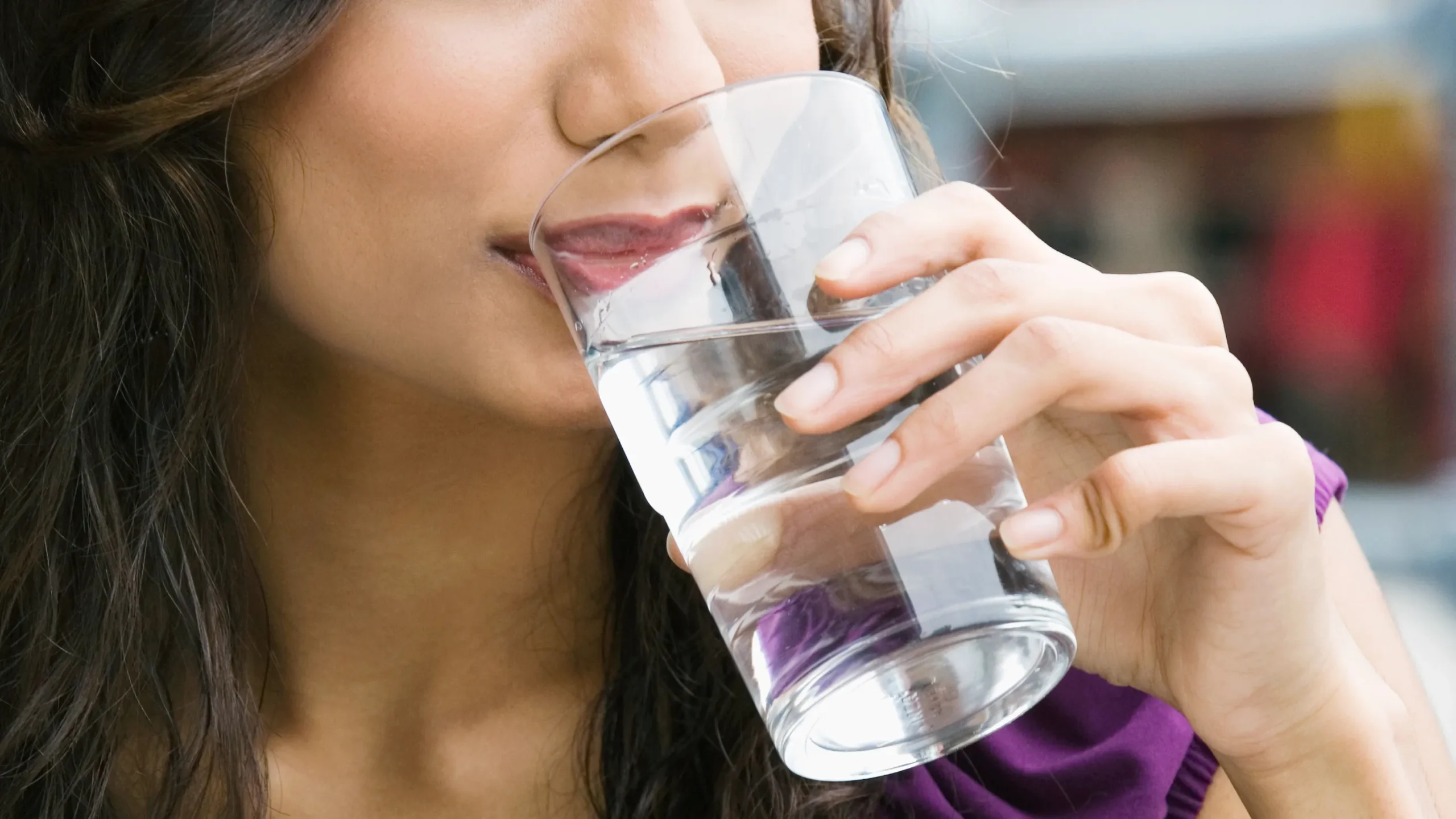Copyright © 2024 - Gearlabblog.com

Understanding Modern Hydration Needs and Tips for Staying Hydrated
Hydration is trending, especially with brand-name bottle fads and gallon-a-day challenges on TikTok. This is great news for health since the average human body is over 60% water. Water is crucial for many bodily functions, from your brain to your bones. So, if you’ve started drinking more water, you’re doing your body a favor.
“Water is essential for your body’s survival,” says Crystal Scott, a registered dietitian-nutritionist with Top Nutrition Coaching. “It helps regulate your temperature, transports nutrients, removes waste, lubricates your joints and tissues, and maintains the balance of electrolytes and fluids in your body.” You lose water when you breathe, sweat, urinate, and digest food. If you don’t replace this lost fluid, your health can quickly decline. Without water, you could only survive a few days.
Scott compares our bodies to Earth: “Our earth is made up of a large percentage of water. If that amount got too low, what would happen to our food systems, forests, and animal life? It’s a domino effect.” To prevent that first domino from falling, she says, drink up.
“Assessing water intake is the first step in addressing any nutritional or lifestyle changes,” says Scott. “It helps with fullness cues, cognitive function, mood, physical performance, and prevents health problems like constipation, kidney stones, and urinary tract infections. It’s a foundational building block.”
The common guideline is the 8×8 rule: drink eight 8-ounce cups of water a day. Scott says if you’re doing that, you’re on the right track. However, you might benefit from adjustments based on your age, sex, and activity level.
“If you live in a hot, humid climate, exercise a lot, are pregnant, or are breastfeeding, you may need more water daily than the average adult,” Scott explains. The National Academy of Science, Engineering, and Medicine recommends about 125 ounces of water daily for men and about 91 ounces for women. Remember, you also get water from food, says Scott. “Foods like celery, oranges, strawberries, watermelon, and cucumbers are hydrating and can help supplement your water intake.”
Yes, although it’s rare. Drinking too much water can lead to a condition called hyponatremia. This happens when your kidneys can’t filter the water quickly enough, diluting the sodium in your blood and causing your cells to swell. Certain conditions like kidney failure and congestive heart failure increase this risk. High-level athletes may also experience it if they don’t replace their electrolytes after exercising.
For most people, the bigger issue is not drinking enough water. While keeping track of ounces is helpful, your body provides the best hydration indicators. “Urine color is a great indicator,” says Scott. If your urine is pale yellow or clear, you’re hydrated. Dark yellow or amber urine means you need more fluids. Other signs of dehydration include headaches, migraines, poor sleep, constipation, dizziness, and confusion.
If you’re committed to staying hydrated, Scott suggests starting slow. First, assess your current intake and set a goal. “Half your body weight in ounces is a great starting point,” she says. “For someone who weighs 200 pounds, aim for 100 ounces. If they’re currently drinking 20 ounces a day, increase by 8 to 10 ounces a week.”
Here are some additional tips:
Sources: